The Cobbler’s Hajj
The Pilgrimage to Makkah is a sign of supreme significance. It was Prophet Abraham's unconditional commitment to God that led him to leave his wife Hagar and his infant son Ishmael in this desolated desert.
The Pilgrimage to Makkah is a sign of supreme significance. It was Prophet Abraham's unconditional commitment to God that led him to leave his wife Hagar and his infant son Ishmael in this desolated desert.
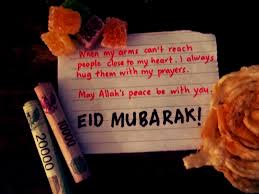
Eid has many noble and valuable meanings that make everyone happy. Thus, everyone has his own goals and wishes and seeks to achieve them by making the best use of their blessings. However, the best of these wishes is what is done sincerely for the sake of Allah The Almighty and that which is beneficial for all people without limiting the wishes of people as long as they are lawful, for there is no idea without an aim and no soul lives without hope.
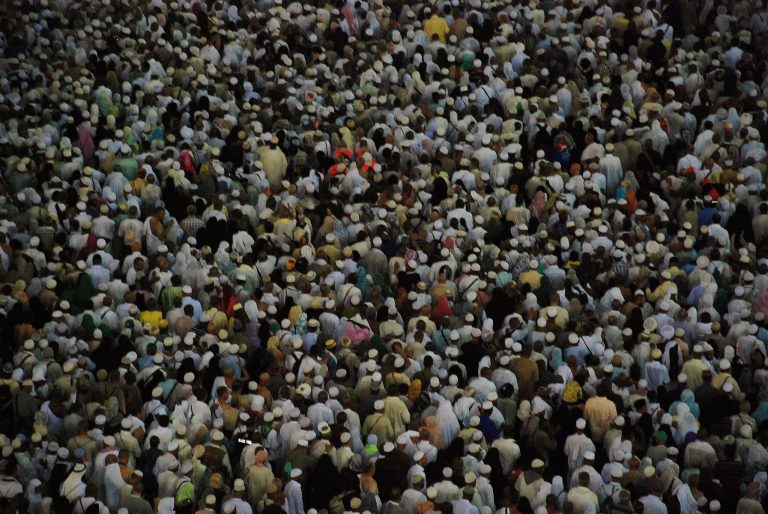
Abraham (peace be upon him) set off with his wife Hajar and newborn son on a long journey. They arrived at Makkah. Hajar looked around her. She could see nothing but a barren wasteland in all directions. There was no life. The silence was unbearable.
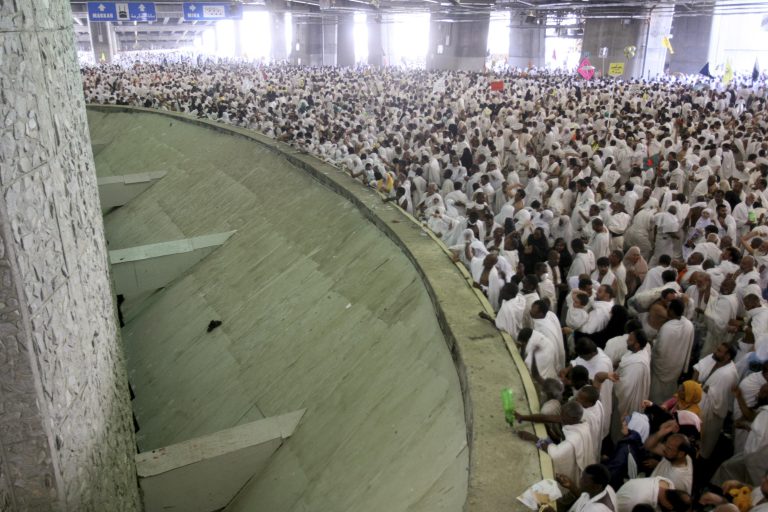
During this ritual, Muslims throw pebbles at the three pillars called ‘jamarat’ in Mina, just east of Makkah. During the night spent in Muzdalifah, pilgrims gather 70 stones to pelt the three pillars representing Satan on the 10th of Dhul Hijjah, i.e. the day of Hajj.
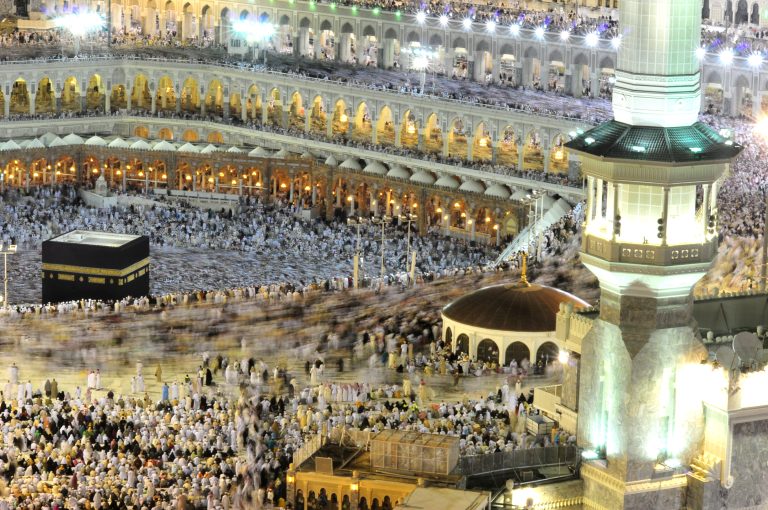
Sure enough, a man by the name of Muhammad ibn 'Abdullah was born in the very city that Prophet Ibrahim had made this supplication centuries earlier. For twenty-three years, Prophet Muhammad spread the message of Tawhid [true monotheism] - the same message that Prophet Ibrahim and all the other Prophets came with - and established the law of Allah upon the land.
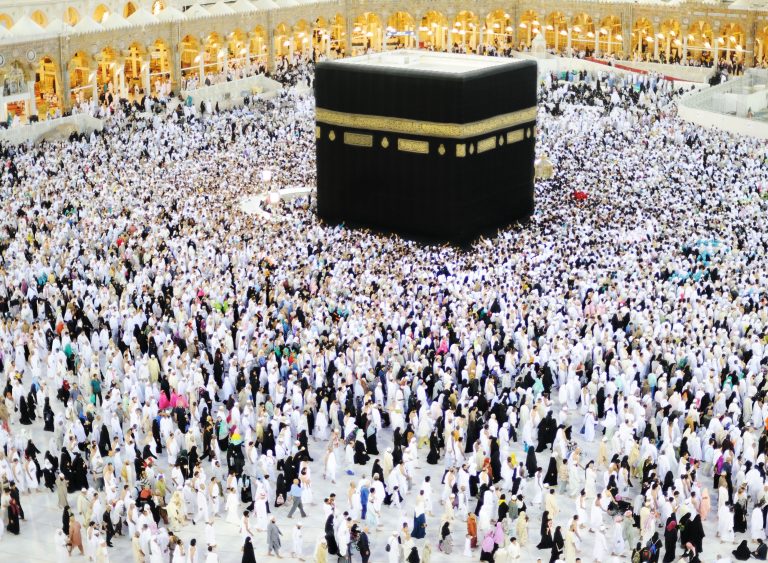
Pilgrimage is viewed as a particularly meritorious activity. Pilgrimage serves as a penance - the ultimate forgiveness for sins, devotion, and intense spirituality. The pilgrimage to Makkah, the most sacred city in Islam, is required of all physically and financially able Muslims once in their life. The pilgrimage rite begins a few months after Ramadan, on the 8th day of the last month of the Islamic year of Dhul-Hijjah, and ends on the 13th day. Makkah is the center towards which the Muslims converge once a year, meet and refresh in themselves the faith that all Muslims are equal and deserve the love and sympathy of others, irrespective of their race or ethnic origin.
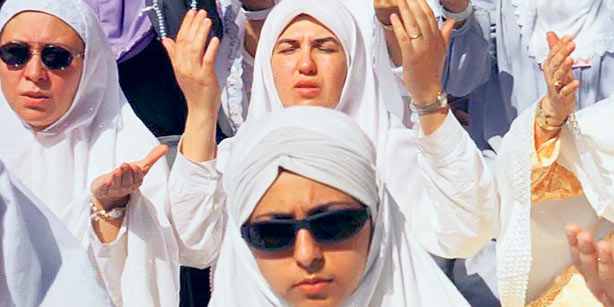
It is at moments such as these that you begin to realize why God ordained Hajj for us at least once during our lifetime, so that we can truly and practically experience the beauty of selfless brotherhood, and come away with valuable lessons that leave an impact that lasts a lifetime.
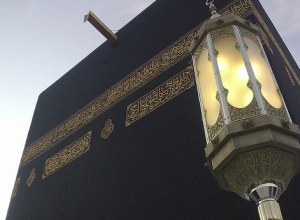
But what I am positive about is that these three million attendees can serve as a role model for peace, as a demonstration for brotherhood and as a proof that human beings can humble themselves and put their differences aside. At this critical stage in the life of our Umma, we ask Allah to make us – through the Hajj season – a role model for peace, brotherhood, and love between humans.
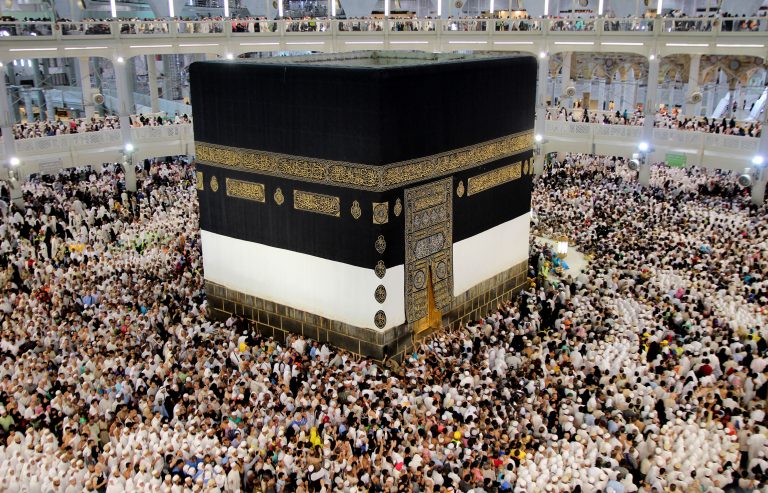
A person whose state was like that during those specified days better, after his Hajj, continue to do what he used to do during the Hajj. This includes remembering Allah, humbling himself with enslavement to Him during the Hajj, and being keen on following the Sunnah of His Messenger (Peace and blessings be upon him) and his guidance in spite of the hardships and discomfort that one encounters during the Hajj. Without such hardships and discomfort, one should be even keener on absolute compliance and perfect